Best Time to Trek Mardi Himal: A Complete Seasonal Guide
Planning a trek to the Himalayas is no minor achievement, and when it comes to Mardi Himal, timing can make all the difference. The Mardi Himal Trek is an undiscovered treasure known for its off-the-usual-route charm and breathtaking mountain views. But when is the best time to trek Mardi Himal? Selecting the right season might make your trip memorable rather than just excellent.
In simple terms, the best time to trek Mardi Himal is during spring (March to May) and autumn (September to November). These seasons offer the most stable weather, clear views, and the best overall trekking experience. But each season has its own charm, so let’s break it down Let’s face it — weather in the Himalayas can be unpredictable. Snow, rain, fog, or even clear blue skies can make or break your journey. So, if you're wondering about magnificent mountain views, comfortable weather, and intense natural beauty, knowing the right time to go is essential.
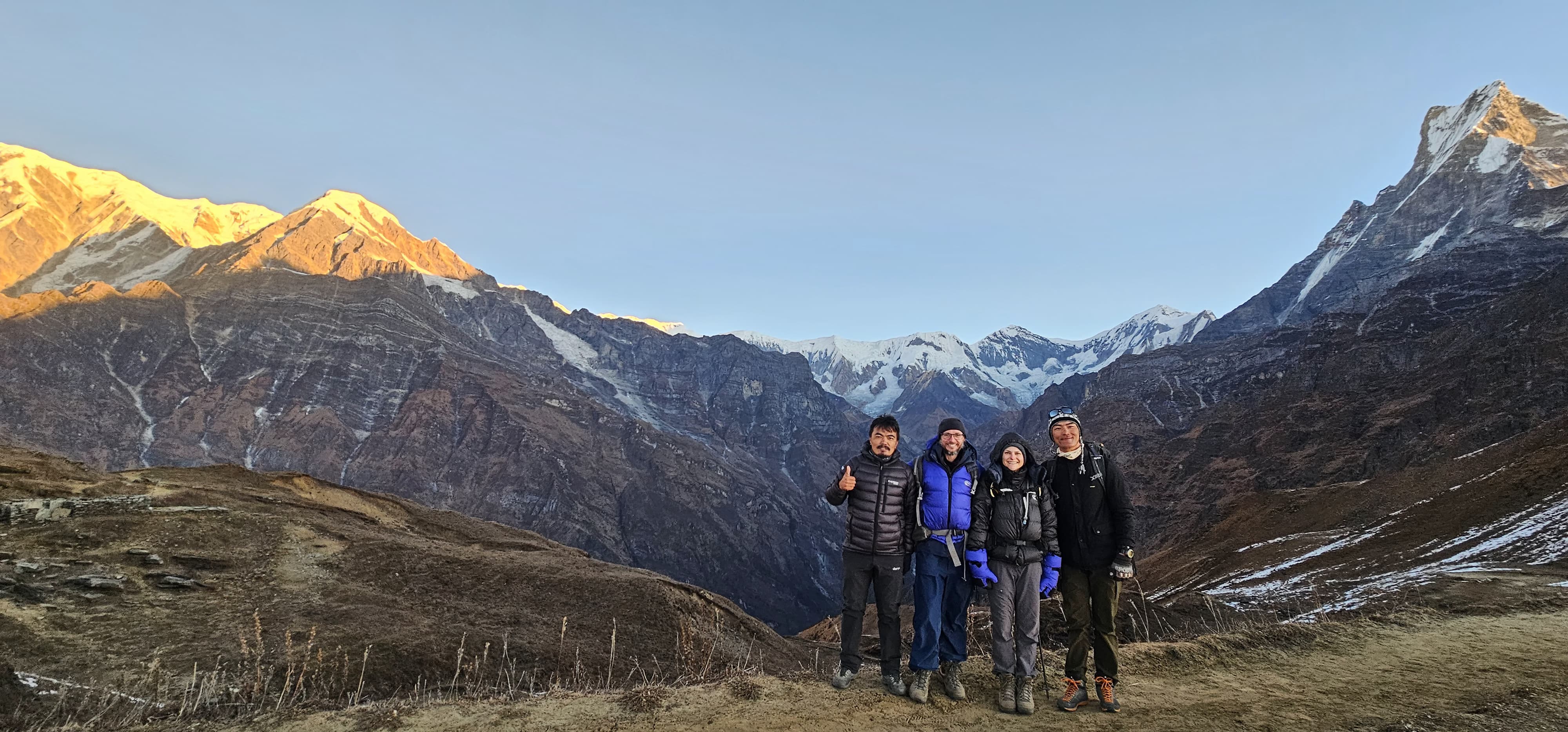
Spring (March–May): Why Is Spring Ideal for the Mardi Himal Trek?
Spring is one of the most popular times to hit the Mardi Himal trail — and for good reason.
- Blooming Rhododendrons: The forests come alive with vibrant red, pink, and white rhododendrons. It’s like trekking through a living painting.
- Beautiful Weather: Daytime temperatures range between 10°C to 20°C which is comfortable for hiking.
- Clear Views: Generally, the skies are clear. The skies are generally clear, offering stunning views of Machapuchare, Annapurna South, and Hiunchuli.
Pros:
- Spring offers a moderate climate that makes trekking pleasant.
- Stunning wildflowers that bring beautiful touches of color to the environment.
- Excellent conditions for photography with clear skies and blooming nature.
Cons:
- On the downside, the trails can get crowded due to its popularity
- The cost of accommodation and guides may be higher because of the peak season demand.
Book your trek to Mardi Himal during spring season. Contact us now!!
Summer/Monsoon (June–August): Is It Advisable to Trek Mardi Himal During Monsoon?
To be honest, monsoon is not the most ideal time for this trek. It offers an unique experience for the brave-hearted.
- Rainfall and Sticky Paths: Leeches are common and the trails become slick.
- Magnificent Greenery: On the bright side, everything is colorful and alive.
- Low Crowd: If solitude is what you seek, this season provides it.
Pros:
- You’ll face fewer trekkers, offering a quieter experience
- Because of the rain, the greenery is beautiful and colorful.
Cons:
- Poor visibility frequently caused due to clouds and fog.
- Travel delays and risks on hikes like landslides are also common in this season.
Unless you're an experienced trekker or planning to explore the culture more than the mountains, monsoon is generally not the best time to trek Mardi Himal.
Autumn (September–November): Why Is Autumn Considered the Best Time for the Mardi Himal Trek?
If you want the best time to trek Mardi Himal, autumn might be the winner.
- Crystal-clear skies: Say hello to breathtaking mountain views.
- Festive Vibes: Dashain and Tihar festivals bring cultural depth to your trek.
- Mild Temperatures: Comfortable days and chill but manageable nights.
Pros:
- Autumn delivers ideal weather and outstanding visibility.
- The state of the route is excellent.
- The festivals add a cultural experience to your journey.
Cons:
- The popular viewpoints can become crowded during this season
- You may need to book your accommodation in advance due to high demand.
Autumn provides a magical balance of everything you’d want from a Himalayan adventure.
Winter (December–February): Can You Trek Mardi Himal in Winter?
Winter isn’t for everyone, but if you are willing to take on a challenge, it offers a peaceful and frozen experience.
- Snow-Capped Trails: Less greenery, but stunning snow-covered paths.
- Cold Temperatures: Can drop below zero, especially at High Camp.
- Fewer Trekkers: Enjoy the peace and calm of a trail.
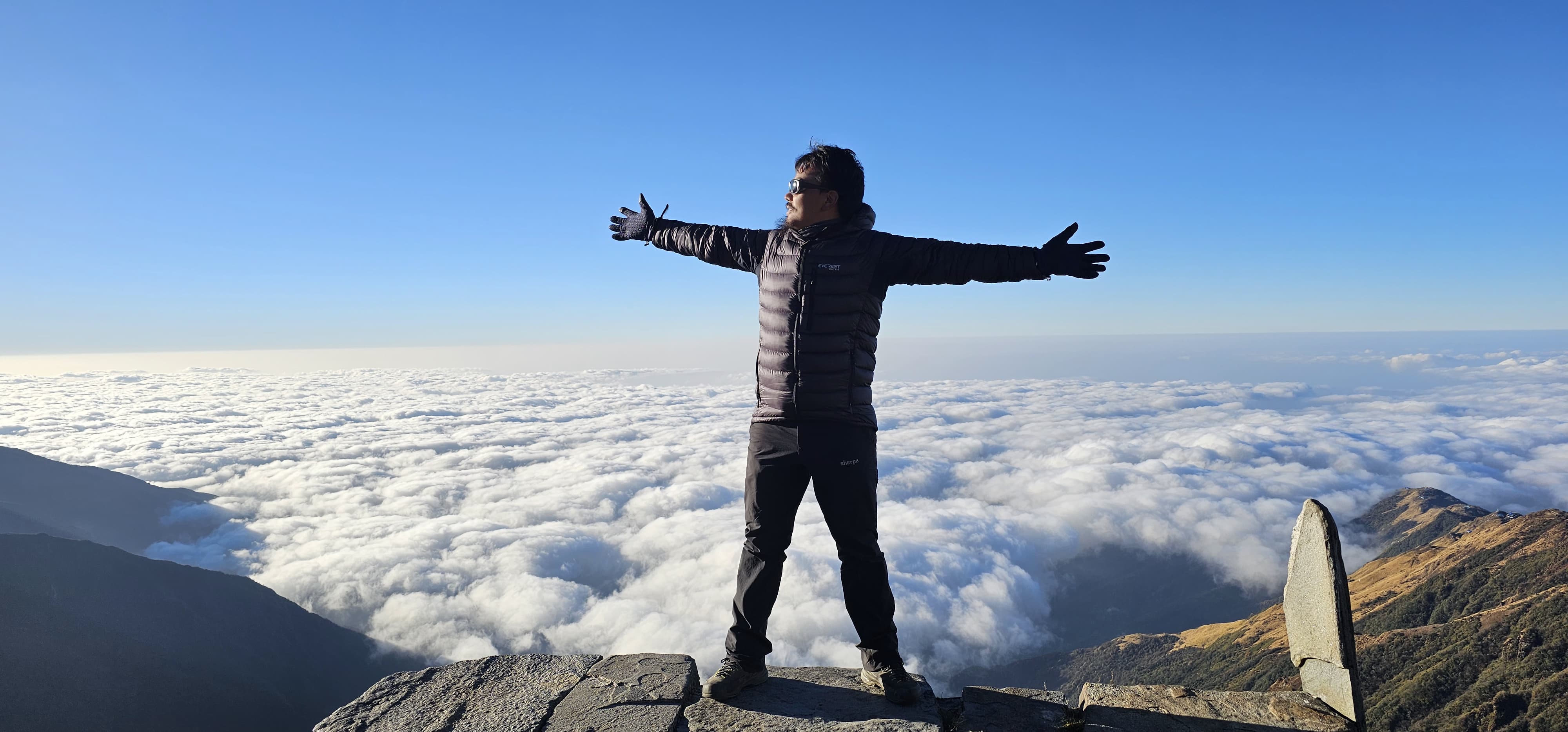
Pros:
- Trekkers can enjoy the solitude and peaceful atmosphere
- The scenes covered in snow provide a unique and magnificent trekking experience.
Cons:
- You’ll need to face harsh cold conditions
- Some higher-altitude lodges may be closed due to snow or low traffic.
Winter may not be the best time to trek Mardi Himal for most, but for adventurers, it’s a dream.
Monthly Weather Patterns for Mardi Himal
Here’s a quick month-by-month overview for Mardi Himal Trek
- January: Cold and snowy. Only for the daring.
- February: Slightly warmer but still snowy.
- March: Warmer days begin. Great for flowers.
- April: Peak of spring. Popular time.
- May: Warmer, just before monsoon.
- June – August: Rainy, foggy, and leech-infested.
- September: Rain starts to fade. Great visibility.
- October: Peak season. Perfect views.
- November: Still great. Cooler temperature..
- December: Quiet and cold.
If you’re looking for the best time to trek Mardi Himal, aim for April or October — these months found the ideal condition.
Recommended Trips:
What Should You Pack for the Mardi Himal Trek in Different Seasons?
Your trek may succeed or fail based on how well you pack. Here’s a simple additional gear list you need to pack for Mardi Himal Trek for particular season: Spring & Autumn:
- Layered clothing
- Sun hat and sunglasses
- Trekking poles
- Water purification tablets
Winter:
- Heavy down jacket
- Thermal base layers
- Gloves and insulated boots
Monsoon:
- Waterproof gear
- Anti-leech socks
- Quick-dry clothing
Whatever the season, always pack light but be prepared for sudden weather changes.
Also read our blog, "Where to Buy Trekking Gear in Nepal? Thamel, Pokhara, and More"
Final Thoughts
If you're dreaming of stunning Himalayan landscapes without the crowds of Everest or Annapurna Base Camp, Mardi Himal is the perfect choice. And picking the best time to trek Mardi Himal will elevate your experience to a whole new level.
Ready to start your adventure? Reach out to Dolpo Caravan who understands the trail and the timing that suits you. Because in the end, it's not just about reaching Mardi Himal—it's about loving every step along the way.
FAQs
What is the absolute best time to trek Mardi Himal for clear mountain views?
The absolute best time to trek Mardi Himal for crystal-clear mountain views is during October and April, when the skies are typically cloud-free, and visibility is at its peak.
Is it safe to trek Mardi Himal in the monsoon season?
Trekking during the monsoon season (June–August) is generally not recommended due to slippery trails, leeches, and the potential for landslides. However, experienced trekkers seeking solitude may find it an adventurous experience.
What’s the difference between spring and autumn for the Mardi Himal trek?
Spring (March–May) offers blooming rhododendrons and warmer temperatures, while autumn (September–November) brings crisp air and incomaparable mountain clarity. Depending on your tastes, either season is thought to be the ideal time to hike Mardi Himal.
Can I see snow if I trek Mardi Himal in winter?
Yes, winter, from December to February, provides snow-covered trails and a peaceful atmosphere. While it's colder and some tea houses may close, it’s a magical time for snow lovers and solitude seekers.
How early should I book my trip if I want to trek in peak season?
If you're planning your Mardi Himal trek during spring or autumn, it’s wise to book accommodations, flights, and guides at least 1–2 months in advance due to high demand during the best time to trek Mardi Himal.
What makes Mardi Himal different from other treks in Nepal?
Mardi Himal is less commercialized and offers a more intimate trekking experience with equally stunning views of Annapurna South and Machapuchare — especially magical during the best time to trek Mardi Himal.
Are permits required year-round, even in off-seasons?
Yes, both the Annapurna Conservation Area Permit (ACAP) and TIMS card are required regardless of the season. They ensure your safety and support local conservation efforts.


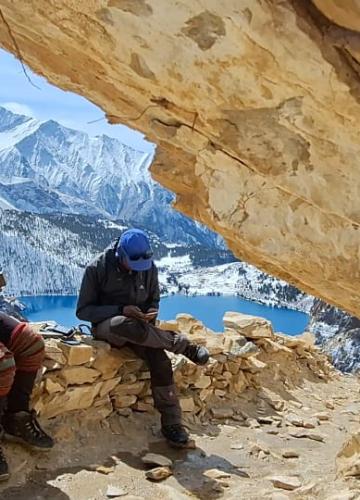
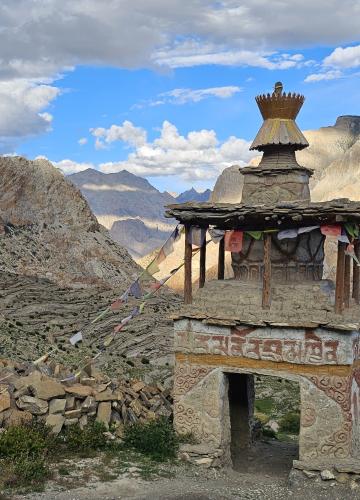

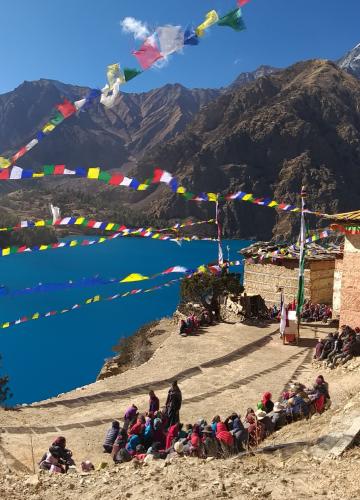

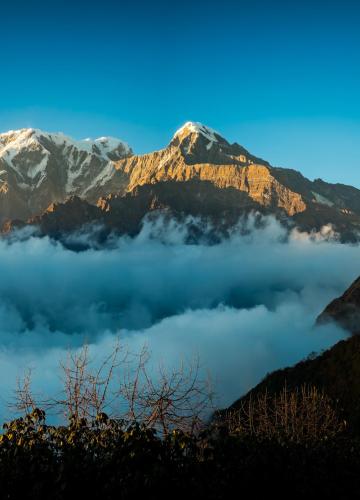

Leave Your Comment